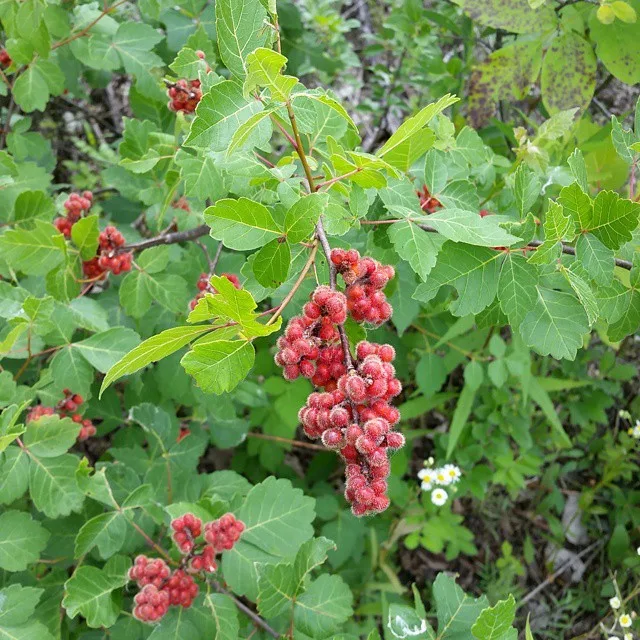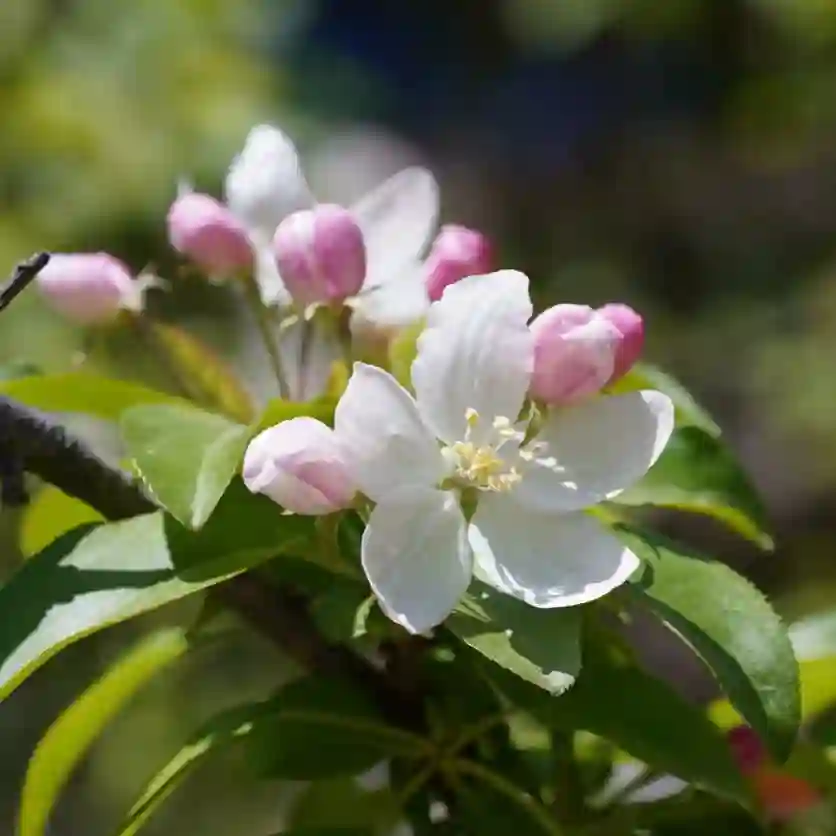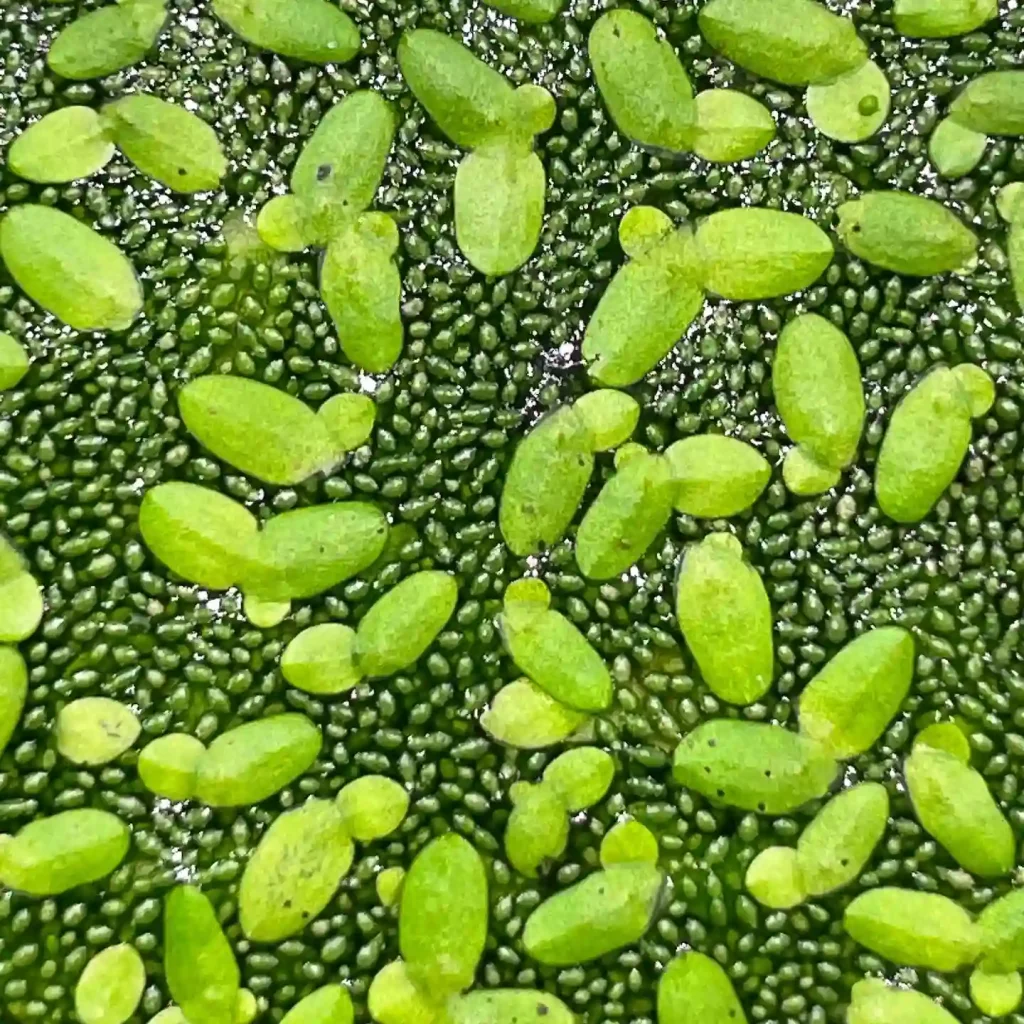Muehlenbeckia: A Love Affair with Wire Vines
My name is Ferb Vu, and I have a confession to make: I’m utterly captivated by Muehlenbeckia. This fascinating genus of flowering plants, belonging to the Polygonaceae family (think buckwheat and rhubarb!), offers a diverse array of growth habits and textures, making it a favorite among gardeners and plant enthusiasts like myself. Native to the Pacific Rim, from the Americas to Australasia, these plants have truly conquered my heart, and hopefully, after reading this, they’ll capture yours too.
Why Muehlenbeckia?
What is it about Muehlenbeckia that draws me in? Well, for starters, their versatility is astounding. Whether you’re looking for a vigorous climber to adorn a trellis, a groundcover to blanket a bare patch of earth, or a compact shrub to add structure to a border, there’s likely a Muehlenbeckia to suit your needs.
But it’s more than just their adaptability. Their delicate foliage, often reminiscent of maidenhair ferns (hence the common name “maidenhair vine”), brings an air of elegance and grace to any setting. The intricate network of wiry stems, adorned with small, often heart-shaped leaves, creates a captivating tapestry of textures and shadows. And let’s not forget their resilience. Many Muehlenbeckia species are remarkably tough, tolerating a wide range of conditions, from drought to coastal exposure.
A Diverse Genus
The genus Muehlenbeckia boasts a diverse range of species, each with its own unique charm. Here are:
- Muehlenbeckia complexa: This is perhaps the most well-known species, often referred to as “wire vine” or “maidenhair vine.” It’s a vigorous climber with tangled, wiry stems and small, rounded leaves. Its adaptability and rapid growth make it a popular choice for covering fences, walls, and pergolas. – Plant FAQs: Muehlenbeckia Complexa – Wire Plant – Maidenhair Vine
- Muehlenbeckia axillaris: Commonly known as “creeping wire vine,” this species hugs the ground, forming a dense mat of intertwining stems. It’s ideal for rock gardens, slopes, and even as a lawn substitute in dry areas. – Plant FAQs: Muehlenbeckia Axillaris – Creeping Wire Vine
- Muehlenbeckia astonii: This New Zealand native, known as “shrubby tororaro,” has a more upright habit, forming a compact shrub with small, intricately veined leaves. It’s a great choice for adding texture and interest to borders and mixed plantings.
- Muehlenbeckia australis: This vigorous climber, known as “pohuehue” in its native New Zealand, can reach impressive heights. Its large, heart-shaped leaves and robust growth make it a striking addition to any garden.
- Muehlenbeckia adpressa (Labill.) Meisn.
- Muehlenbeckia andina Brandbyge
- Muehlenbeckia diclina (F.Muell.) F.Muell.
- Muehlenbeckia ephedroides Hook.f.
- Muehlenbeckia fruticulosa (Walp.) Standl.
- Muehlenbeckia gracillima Meisn.
- Muehlenbeckia gunnii (Hook.f.) Endl.
- Muehlenbeckia hastulata (Sm.) I.M.Johnst.
- Muehlenbeckia monticola Pulle
- Muehlenbeckia nummularia H.Gross
- Muehlenbeckia platyclada (F.Muell.) Meisn.
- Muehlenbeckia polybotrya Meisn.
- Muehlenbeckia rhyticarya Benth.
- Muehlenbeckia sagittifolia (Ortega) Meisn.
- Muehlenbeckia tamnifolia (Kunth) Meisn.
- Muehlenbeckia tiliifolia Wedd.
- Muehlenbeckia triloba Danser
- Muehlenbeckia tuggeranong Mallinson
- Muehlenbeckia urubambensis Brandbyge
- Muehlenbeckia volcanica (Benth.) Endl.
- Muehlenbeckia zippelii (Meisn.) Danser
Cultivating Muehlenbeckia
One of the things I appreciate most about Muehlenbeckia is its general ease of care. While specific requirements may vary slightly between species, most thrive in well-drained soil and a sunny or partially shaded location. They are relatively drought-tolerant once established but appreciate regular watering during hot, dry periods.
Pruning is generally minimal, mainly to control size and shape or to remove any dead or damaged growth. Some species, like Muehlenbeckia complexa, can become invasive in certain climates, so it’s important to be mindful of their growth and spread.
My Personal Experiences
In my own garden, I’ve found Muehlenbeckia to be an invaluable asset. I’ve used Muehlenbeckia complexa to create a living screen on a chain-link fence, transforming an eyesore into a lush, green backdrop. I’ve also planted Muehlenbeckia axillaris to cascade over a retaining wall, softening the hard edges and adding a touch of wildness.
What I enjoy most is observing the intricate interplay of light and shadow created by the delicate foliage and wiry stems. It’s a constantly changing spectacle, evolving with the movement of the sun and the seasons. Whether it’s the vibrant green of new growth in spring, the deep emerald hues of summer, or the subtle bronze tones of autumn, Muehlenbeckia always offers something to admire.
A Final Word
If you’re looking for a versatile, resilient, and visually appealing plant to add to your garden, I wholeheartedly recommend exploring the world of Muehlenbeckia. With their diverse growth habits, delicate foliage, and ease of care, these plants are sure to bring you years of enjoyment. Just be prepared to fall in love, as I have, with their unique charm and captivating beauty.
If i die, water my plants!



